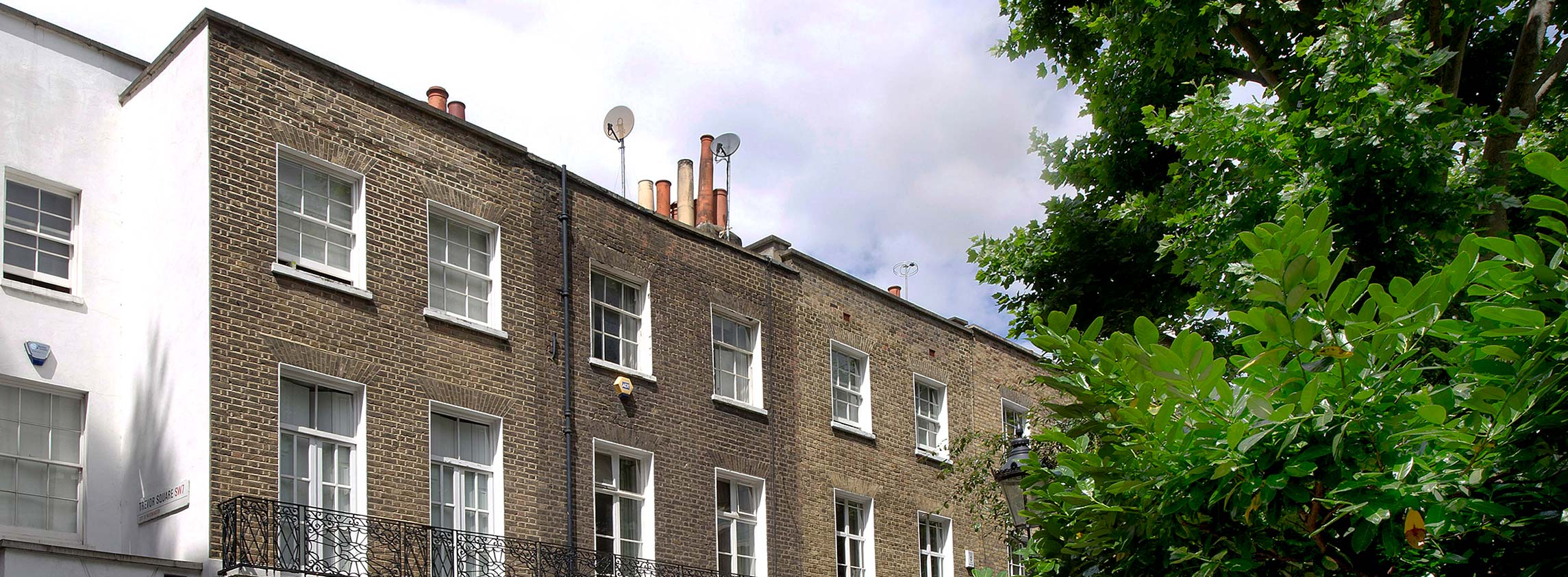Activity rebounds in a price-sensitive market
The prime markets of London have seen a significant recovery in activity levels since reopening on 13 May.
Activity has, in part, been supported by the pent-up demand that accumulated during lockdown. A surprising number of people are also reassessing their housing needs, with many taking action to find property that better meets their changing requirements.
However, buyers seem to be keeping their feet on the ground when it comes to what they are willing to pay, which means sellers need to remain realistic on their price expectations if this momentum is to continue.
Almost two-thirds of London agents reported that vendors’ price expectations of the property they are selling had reduced, while 85% said buyers’ budgets had decreased. This means the market remains price sensitive, despite an increase in activity.
Values have fallen by an average of 1.1% across prime London in the three months to June 2020, leaving them just 0.6% higher than they were a year ago.
Across prime London, 97% of Savills agents reported an increase in demand for property with a garden or other outside space
Savills Research
The experience of lockdown and working from home means increased inside and outside space has become an all-important driver of demand. Across prime London, 97% of Savills agents reported an increase in demand for property with a garden or other outside space and 71% have seen more buyers looking to upsize, with many looking for a separate space to work from home.
As a result, houses in outer prime London outperformed flats in the second quarter of 2020, with houses falling marginally by 0.5% compared to a fall of 1.6% for flats. This is the reverse of a trend that has been seen since 2014.
The highest value central London markets have been particularly constrained by restrictions on overseas travel. Here, prices fell by 1.2% in the quarter to leave them 20.7% below their mid-2014 peak.
The increasing importance of green space
A desire for space has also caused existing homeowners in central London to look to outer London locations, particularly across the prime West and South West London markets and, in some cases, the Home Counties. Local residents to these areas are also increasingly looking to upsize.
The prime markets of Chiswick, Wimbledon and Wandsworth, all of which are characterised by their abundance of green space, have seen the greatest uptick in viewings when compared to before lockdown began.
But living within close proximity to the parks or commons in these areas does come at a price, and average pound per square foot values can be up to 20% higher than property located further away.
Similarly, Victoria Park has bucked the trend with growth of 1.0% recorded for the quarter, compared to an average fall of 1.8% for the prime North and East London region.
In prime North West London, access to a private garden seems to be a more important factor for buyers. Properties with their own gardens saw marginal growth of 0.3% in the three months to June, while those with no outside space fell by 1.5%.
Outlook
Despite the Chancellor’s recent announcement of a partial stamp duty holiday, right-pricing is key to supporting the current momentum, particularly given the economic uncertainty that may slow the market towards the back end of this year. Once Covid-19 and Brexit concerns ease, we anticipate there will be a more sustained pick-up and the perceived security of a bricks-and- mortar investment should also help to underpin values.
The outer prime London markets, which tend to be more reliant on mortgage finance, will also benefit from low interest rates, once lender confidence improves.
Prime property in central London has looked good value for some time, particularly for those buying in foreign currencies, and has historically recovered fastest from a downturn. We see no reason why this will not be the case again, but it will require the easing of travel restrictions and the reopening of work, leisure and educational facilities before we see that this time around. In the meantime, this submarket continues to represent a buying opportunity for domestic purchasers and investors with a long-term view.
Longer term, price growth will be dictated by the extent to which Covid-19 has impacted on global wealth generation, and early indicators suggest the effect hasn’t been as severe as we had originally anticipated.
Definition of prime property This market consists of the most desirable and aspirational property by location, aesthetics, standards of accommodation and value. Typically, it comprises properties in the top 5% of the market by house price.
Interested in other areas of the UK?
View all of our latest prime Market in Minutes research here.
